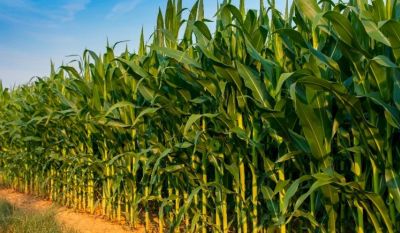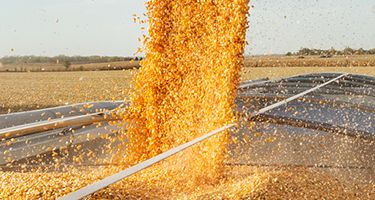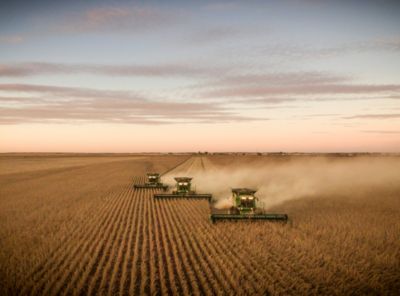ST
My Account

Go Back
Location
- Canada
-
en
Change Language -
Calgary, Alberta (T2P1M4)
Calgary, Alberta (T2P1M4)Calgary, Alberta (T2P1M4)
Menu
PIONEER.COM









